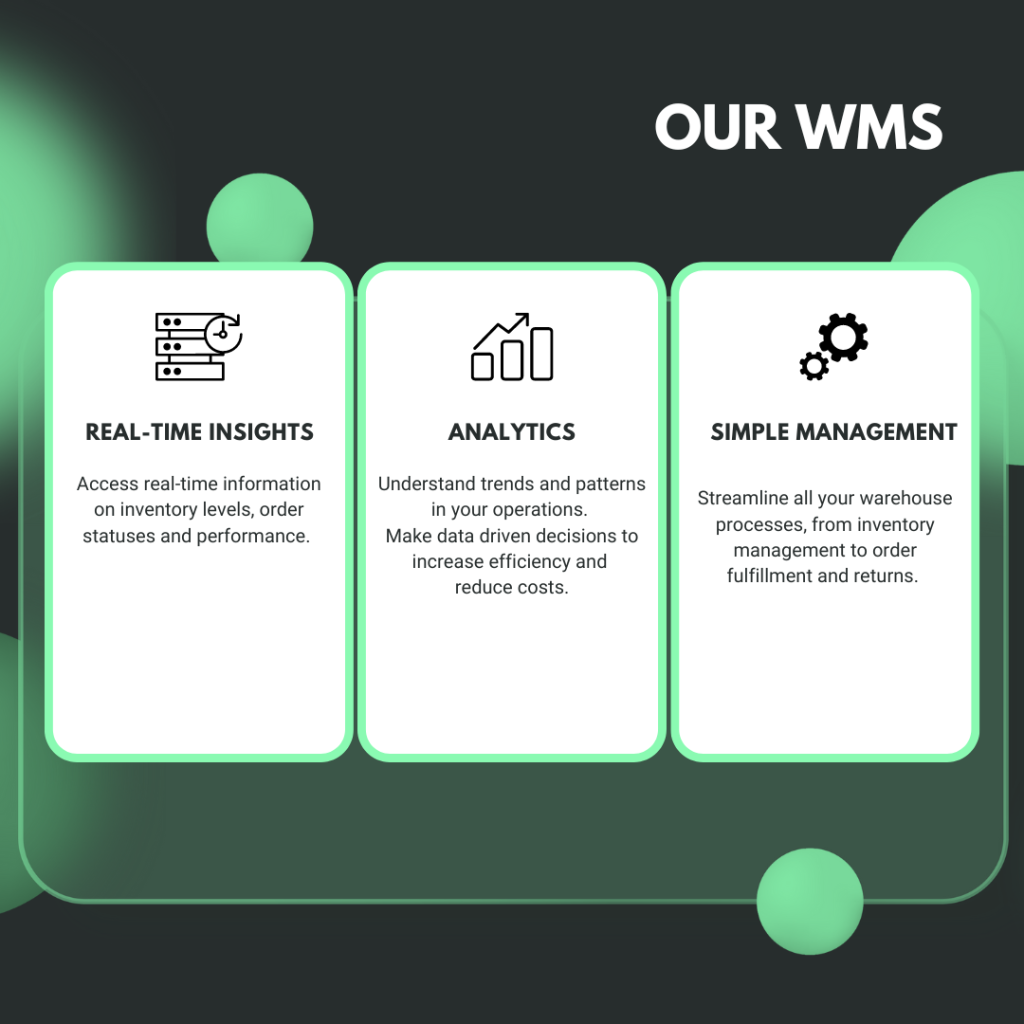Successful ecommerce warehouse management requires careful monitoring and coordination of activities, so that everything is under control and occurs within strict timelines.
In this article, we will explore everything you need to know about warehouse monitoring and the best technologies that retailers can employ to make sure activities are carried out efficiently.
What is warehouse monitoring?
Warehouse monitoring is the process of monitoring, analyzing, and recording all warehouse operations. Thanks to the evolution of technology, many of these operations are not performed manually anymore. In fact, smart warehousing technology that employs AI and advanced systems, records all activities precisely and gains actionable business insights for a more competitive advantage.
Top 5 smart warehouse monitoring technologies
Internet of Things (IoT)
IoT devices collect real-time data and facilitate communication between warehouse departments, creating a unified network with synchronized information that is accessible to everyone from anywhere. This technology is used in various forms, like for example sensors or RFID tags.
RFID technology
Radio Frequency Identification technology is a more advanced alternative to barcode scanners, which allows for remote reading of tags. Staff can therefore waste less time looking for items in the warehouse, while directly improving inventory accuracy rate. Also, all information is recorded in the warehouse monitoring system and updated in real-time.
Automated guided vehicles (AGVs) and autonomous mobile robots (AMRs)
AVGs and AMRs are used in the warehouse to improve safety and support operators in their work. AGVs and AMRs are particularly useful for moving heavy objects and removing items from difficult-to-reach locations. Under human supervision, robots can perform more complex and repetitive tasks, like packing boxes and moving packages to shipping areas, thereby improving performance and minimizing risks.
Video surveillance
Video surveillance is a crucial aspect in warehouse monitoring, with sophisticated cameras that offer functionalities beyond simple motion detection, including heat detection and text recognition. AI-enhanced surveillance systems are even capable of verifying stock levels and locating lost or misplaced items.
Wireless sensors
Modern warehouses strategically position wireless sensors throughout their facilities so that activities and stock can be constantly monitored – even remotely. LTH sensors, which track light, temperature, air quality, and humidity, ensure that goods are always in the best conditions to avoid their deterioration. Furthermore, other advanced sensors provide alerts in case of temperature fluctuations, unexpected motion, or damage.
Benefits of smart warehouse monitoring technologies
Modern warehouse monitoring systems drive significant improvements in operational efficiency, warehouse management, strategic oversight, and workers’ health and safety conditions. The main benefits include:
- Increased efficiency
- Reduced errors
- Faster fulfillment
- Improved safety in the warehouse
- Increased productivity
The importance of a WMS System
Finally, tools such as warehouse management systems (WMS) are fundamental to integrate data from various sources into a unified dashboard, allowing staff to easily monitor inventory levels, track movement and order fulfillment processes in real-time, and generate insights all from a single platform. This brings significant improvement to inventory and order accuracy rates, which are the backbone of a successful business in the modern ecommerce landscape.
Thanks to accurate real-time data on inventory, WMS systems are able to analyze and generate insights. Simply put, the more data is recorded by the system, the more accurate will demand forecasting and stock replenishment be, eliminating overstocking and understocking risks, as well as the need for manually checking inventory and picking lists.





